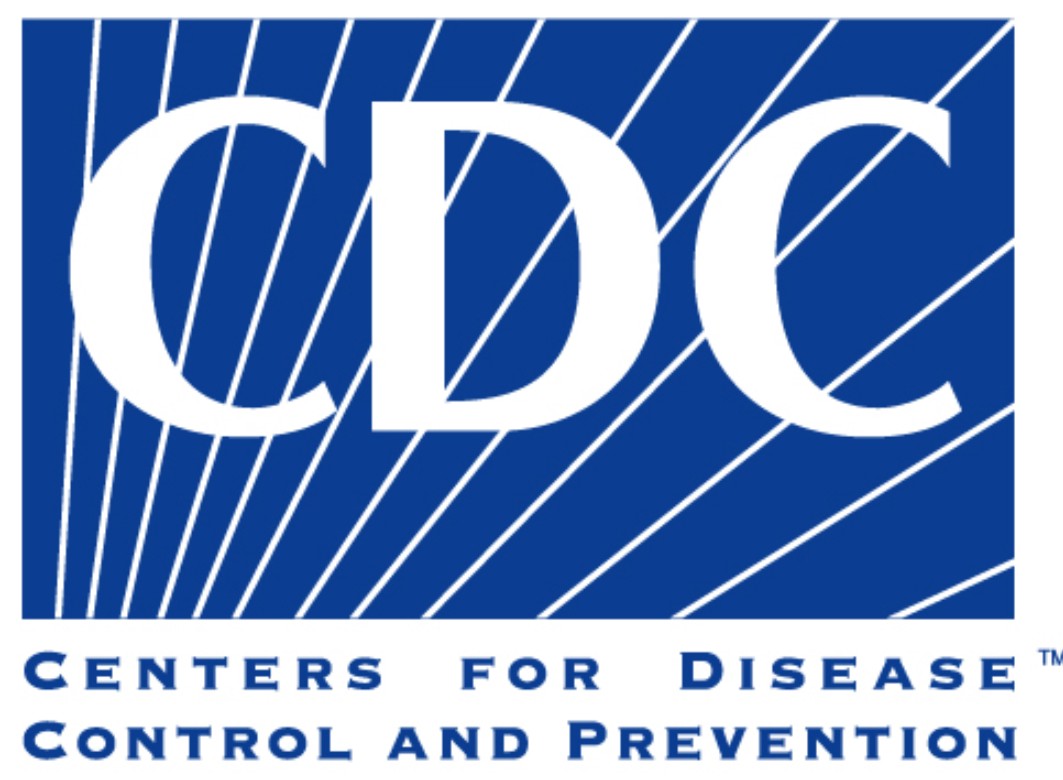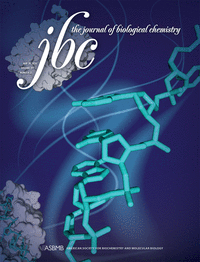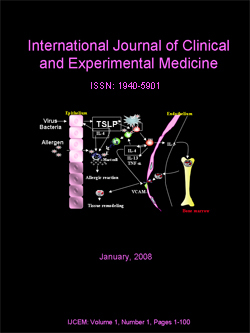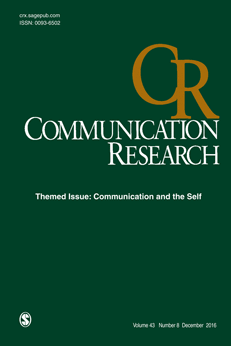
Scientists are always pressed for time; still, Raphael Didham of the University Western Australia was surprised when he fell upon a group of early career scientists using a spreadsheet formula to calculate whether one was obligated to accept an invitation to review a paper, based on how many manuscripts he’d submitted for review. “I recall that sharp moment of clarity that you sometimes get when you look up from the keyboard and realise the world you (thought you) knew had changed forever,” Didham and his colleagues write in a recent editorial in Insect Conservation and Diversity. We spoke with Didham about how to convince scientists that peer reviewing is a benefit to their careers, not a burden.
Retraction Watch: You talk about the current problem of “zero-sum” reviewing. Could you define that in the context of the scientific peer review system? Continue reading Do you calculate if you should accept an invite to peer review? Please stop, say journal editors
 Sometimes, a seemingly run-of-the-mill retraction notice turns out to be much less straightforward.
Sometimes, a seemingly run-of-the-mill retraction notice turns out to be much less straightforward. An oncology journal has retracted a 2014 paper that contained a potentially fatal mistake.
An oncology journal has retracted a 2014 paper that contained a potentially fatal mistake. Researchers have retracted a biology paper that included an image mismatch — despite the fact that, as they claim, another image in the same paper confirms the original findings.
Researchers have retracted a biology paper that included an image mismatch — despite the fact that, as they claim, another image in the same paper confirms the original findings. A researcher who claimed image problems in a retracted paper were the result of a software glitch, and not intentional, has lost three more papers — all for image manipulation.
A researcher who claimed image problems in a retracted paper were the result of a software glitch, and not intentional, has lost three more papers — all for image manipulation. The former president of the Joslin Diabetes Center has withdrawn a second article within a month of his
The former president of the Joslin Diabetes Center has withdrawn a second article within a month of his  Sometimes we come across a real head-scratcher.
Sometimes we come across a real head-scratcher. After a years-long dispute over a 2012 paper which suggested there might be some effects of first-person shooter video games on players, the journal has retracted the paper.
After a years-long dispute over a 2012 paper which suggested there might be some effects of first-person shooter video games on players, the journal has retracted the paper. When authors are faced with filling out a journal’s conflict of interest form, deciding what qualifies as a relevant conflict can be tricky. When such omissions come to light, only
When authors are faced with filling out a journal’s conflict of interest form, deciding what qualifies as a relevant conflict can be tricky. When such omissions come to light, only 